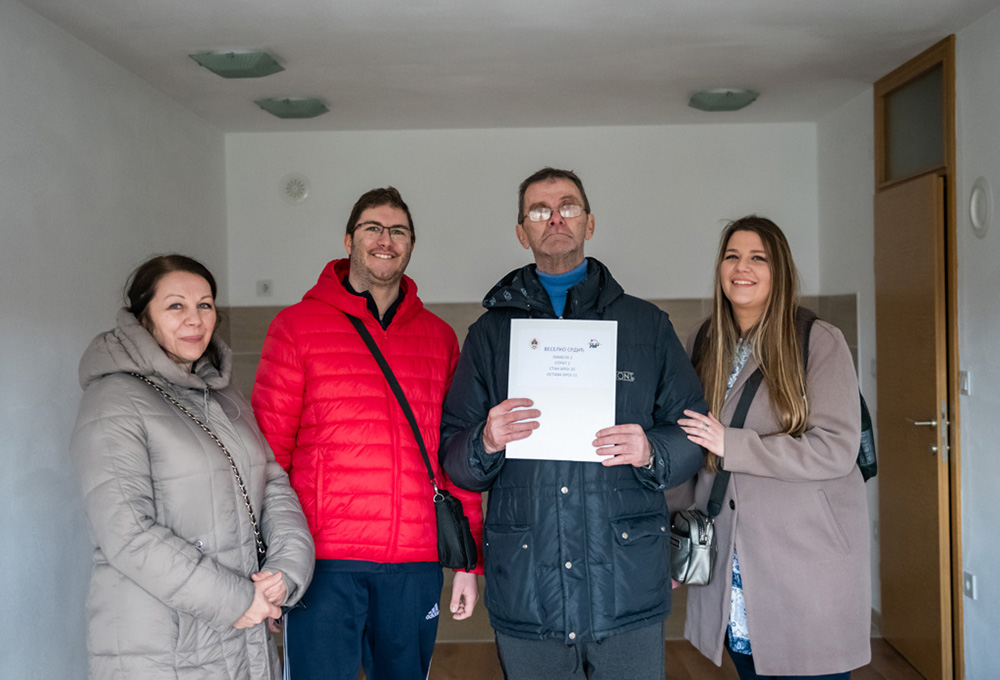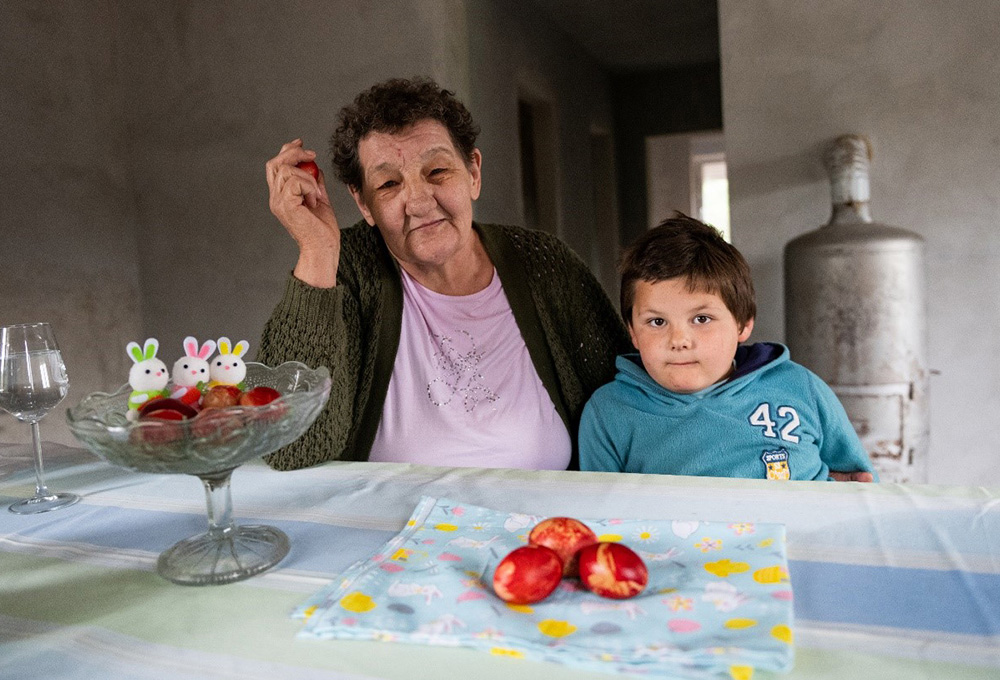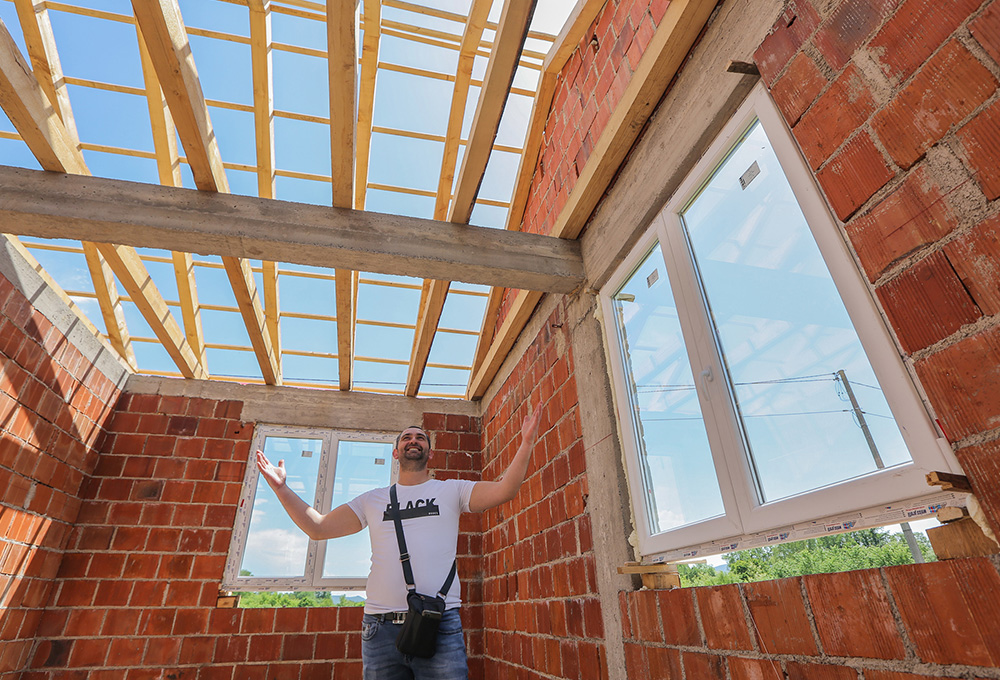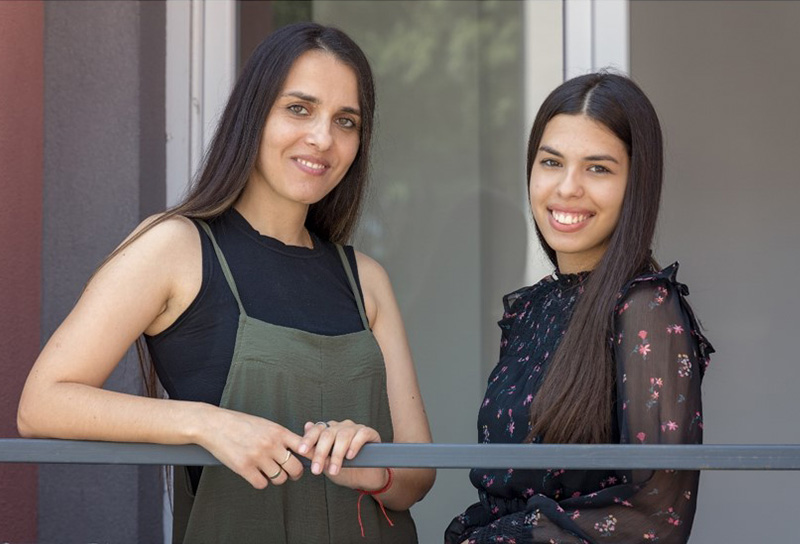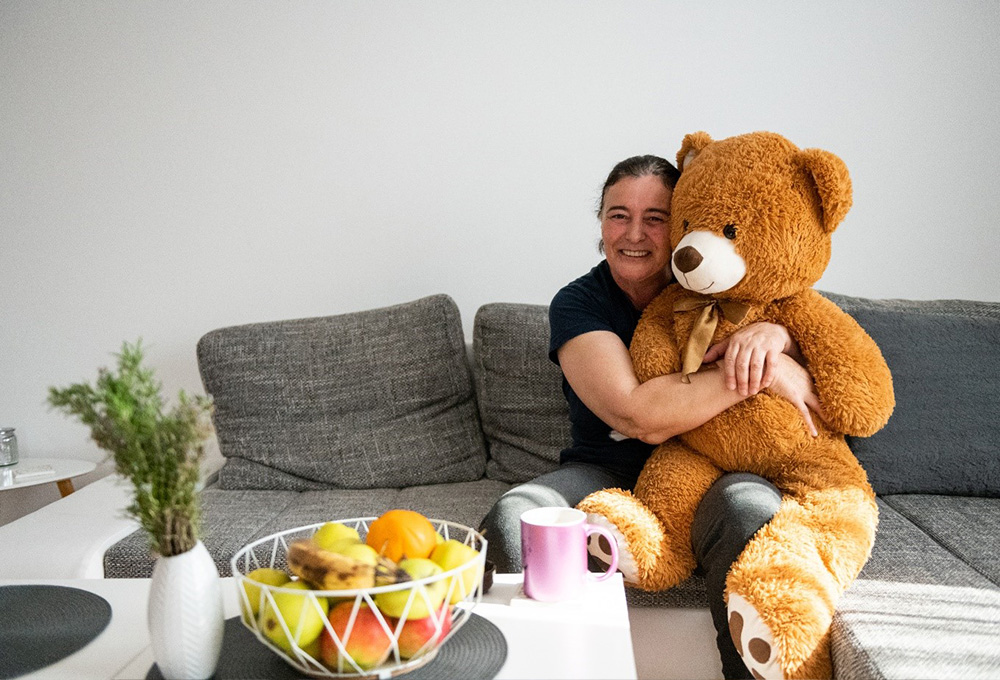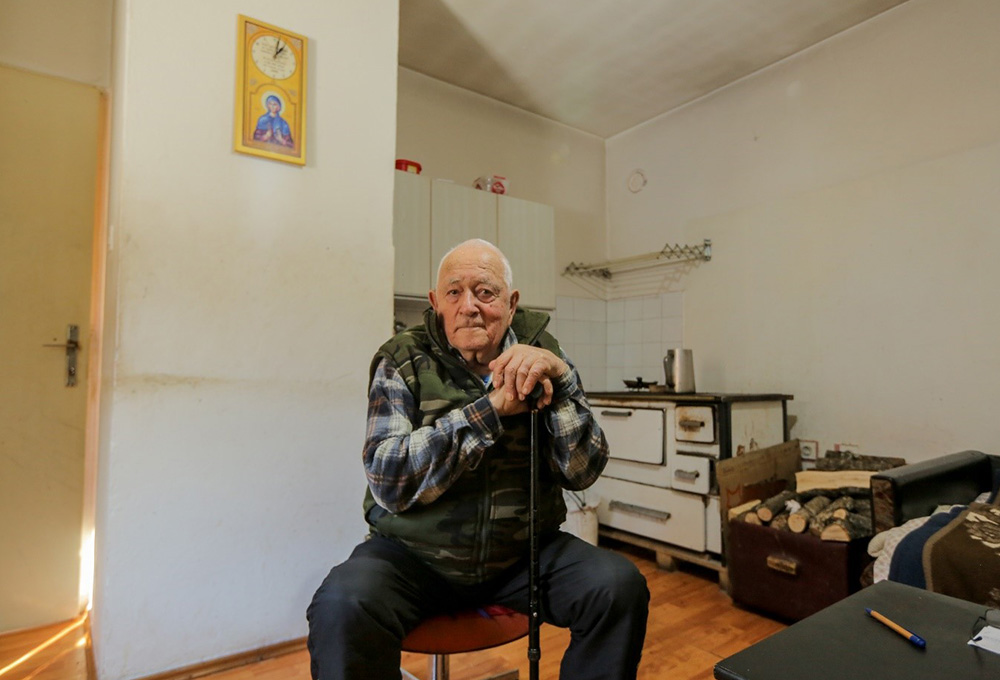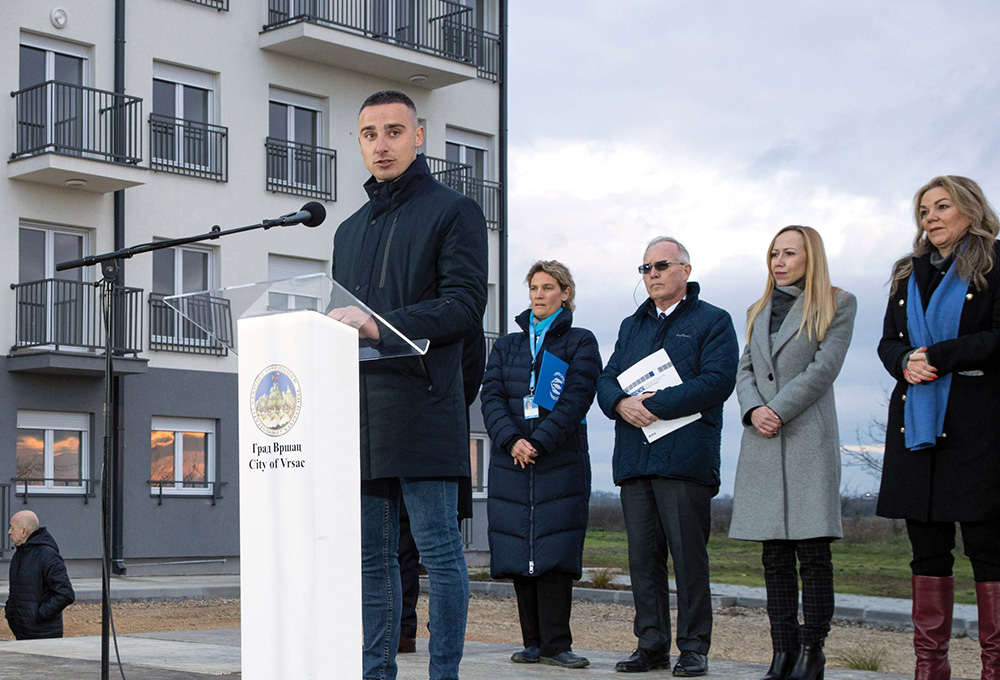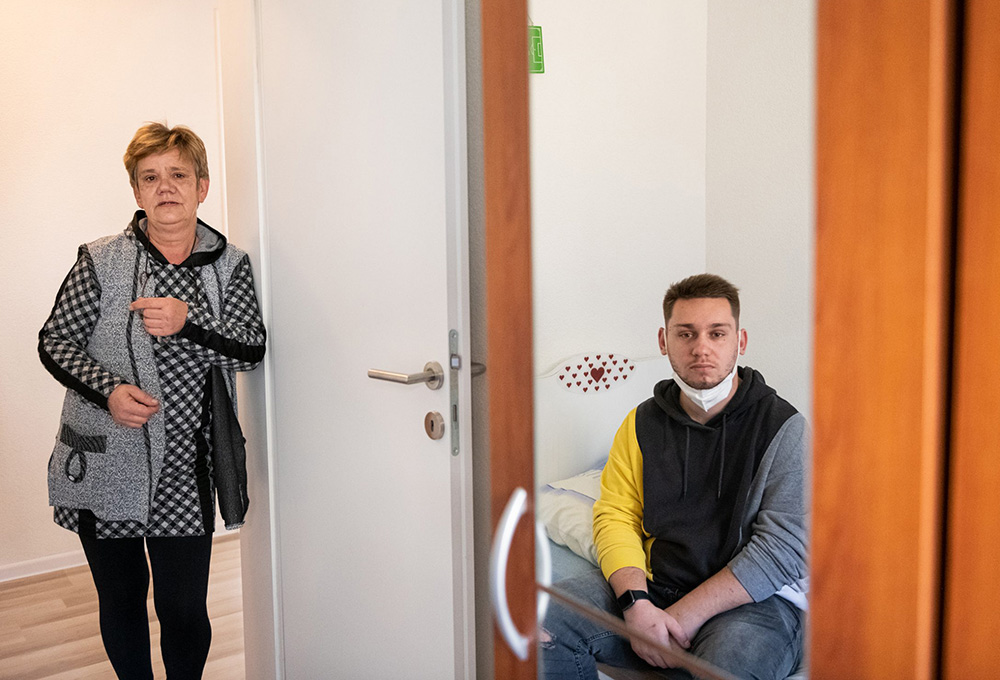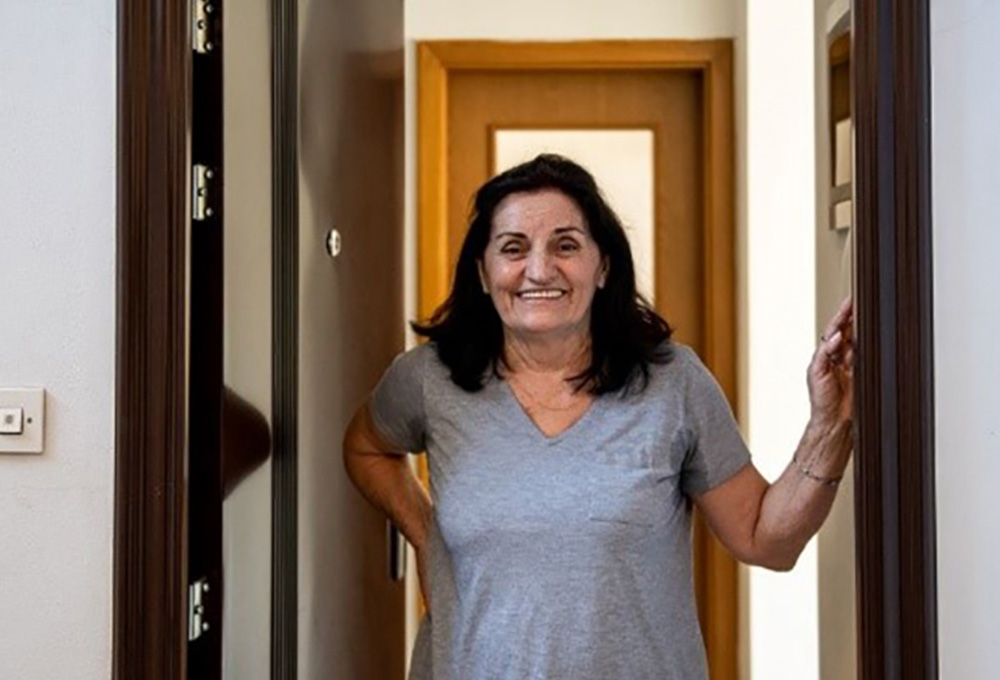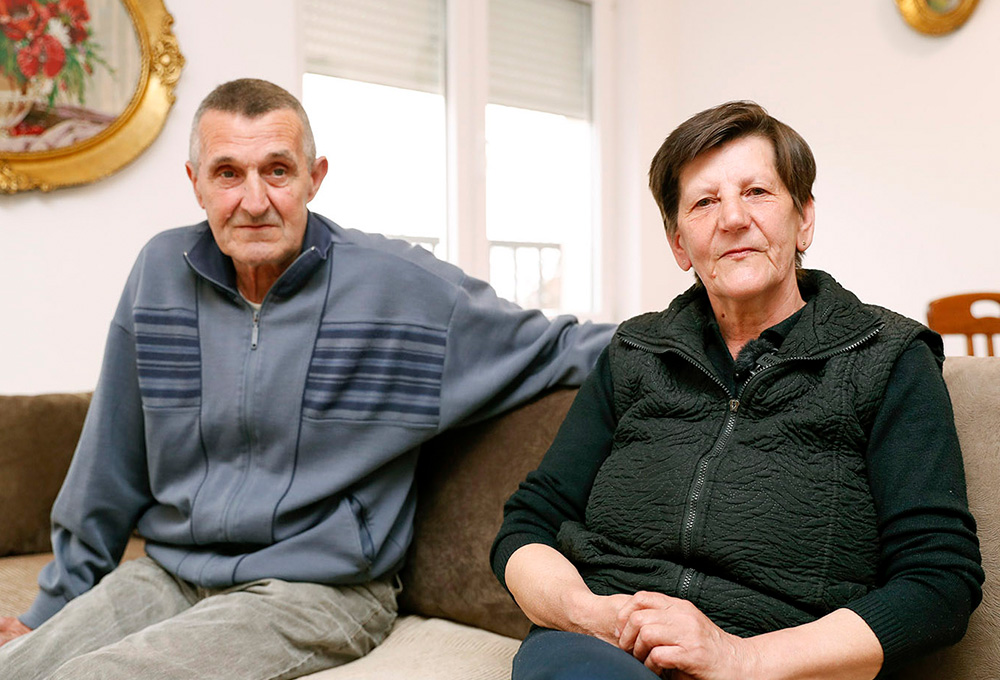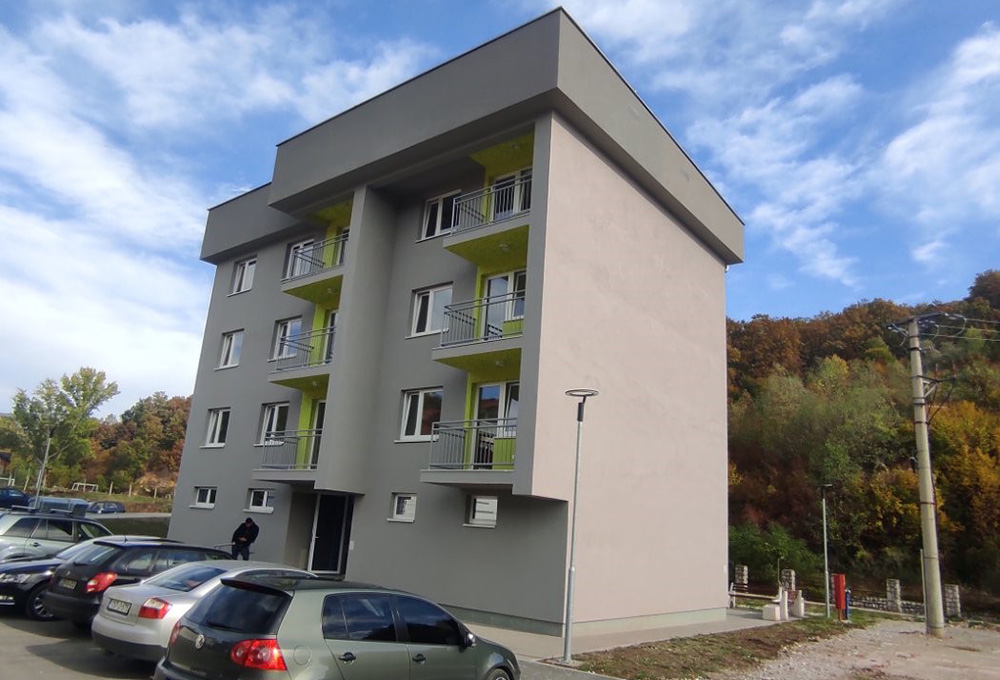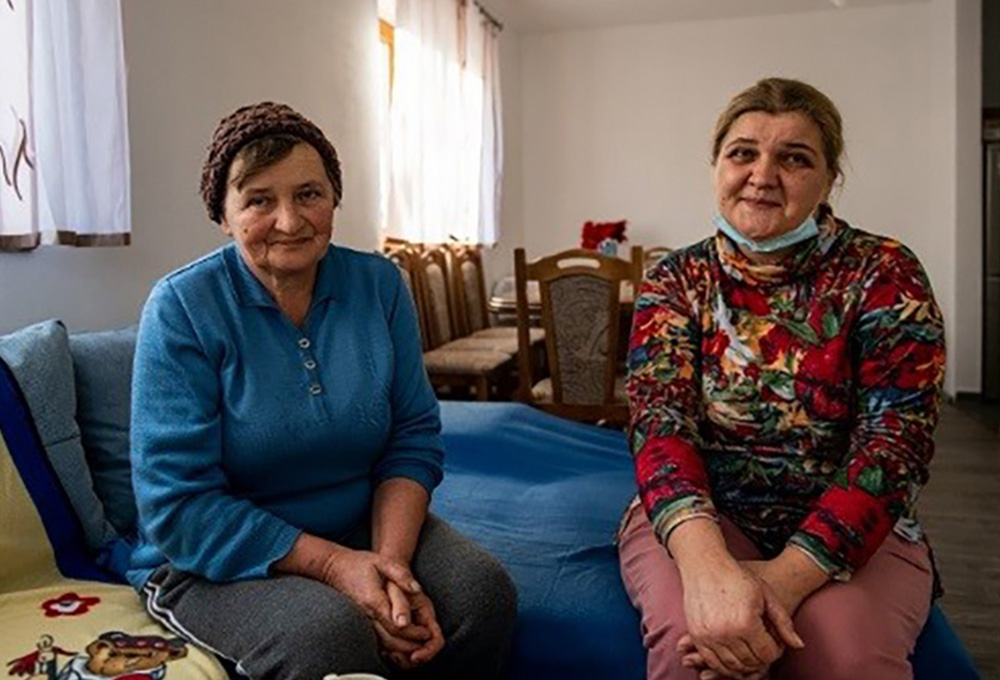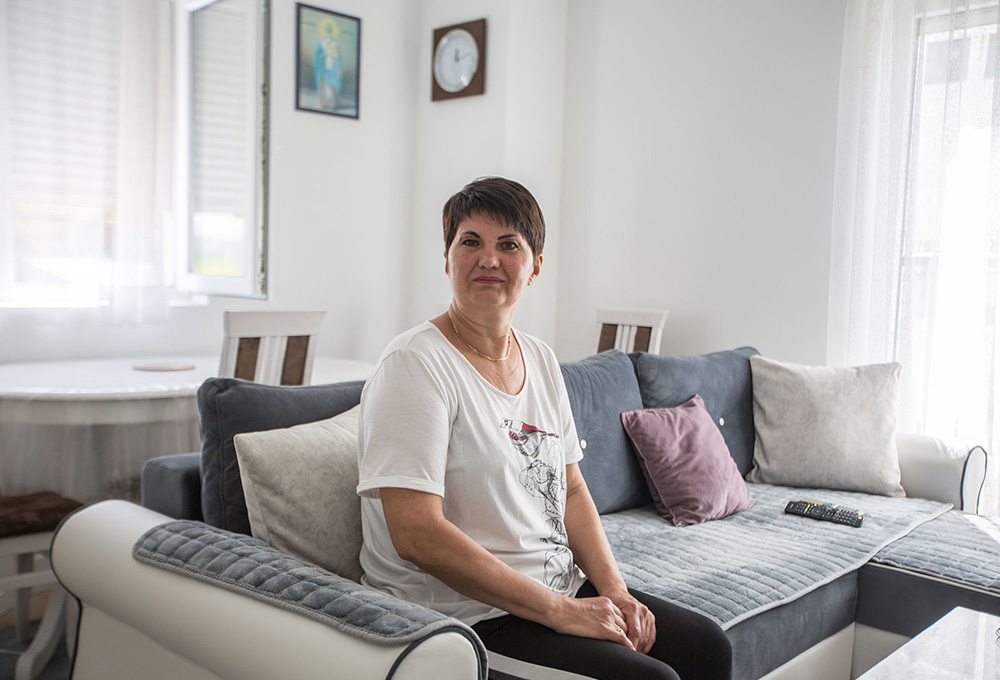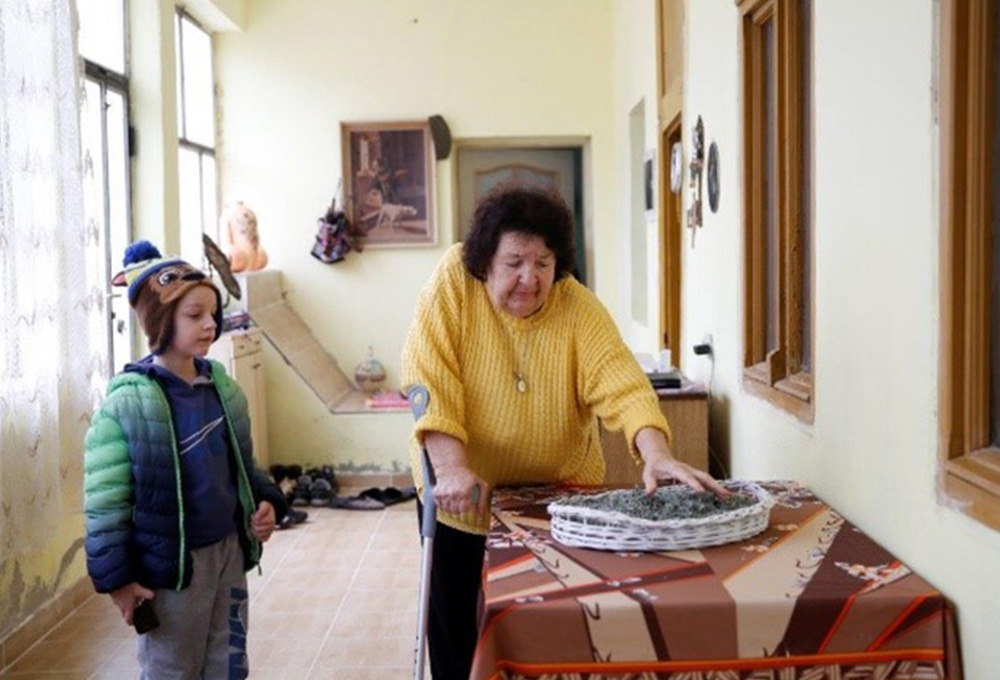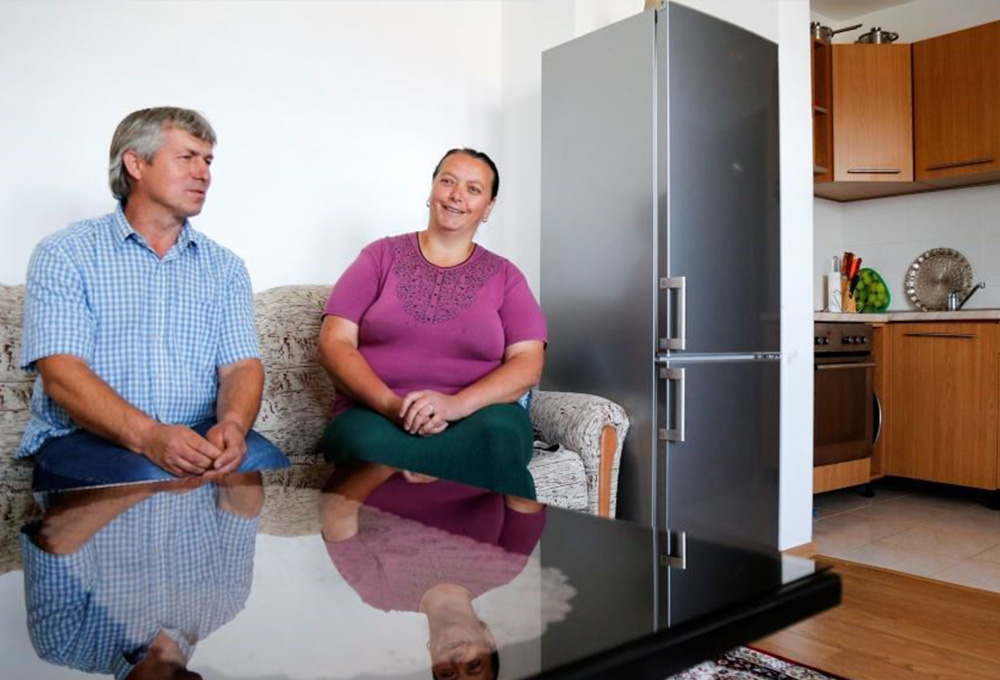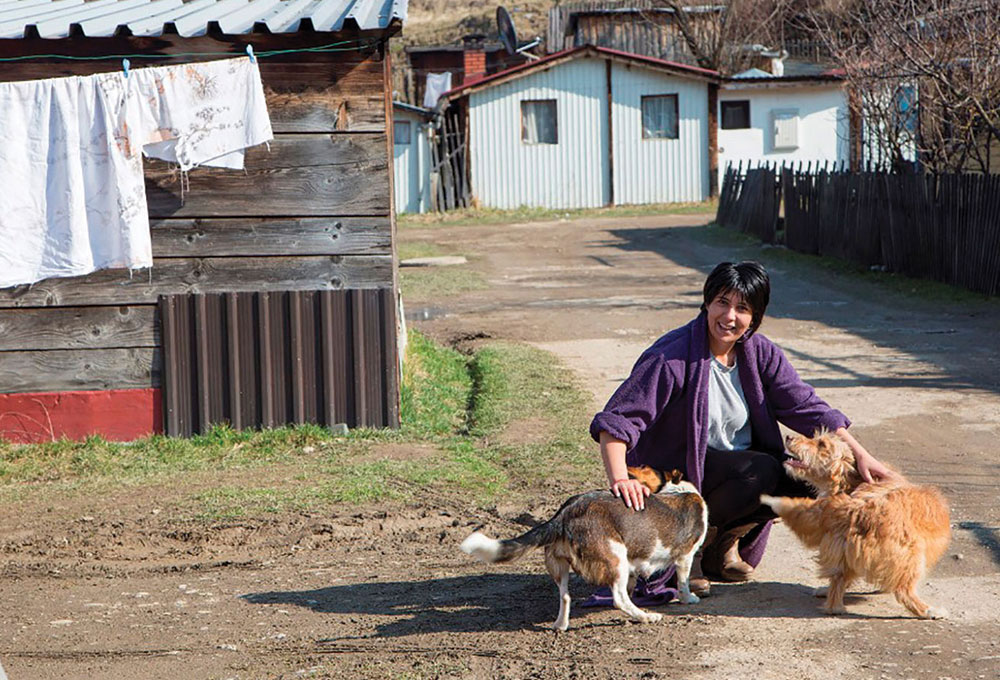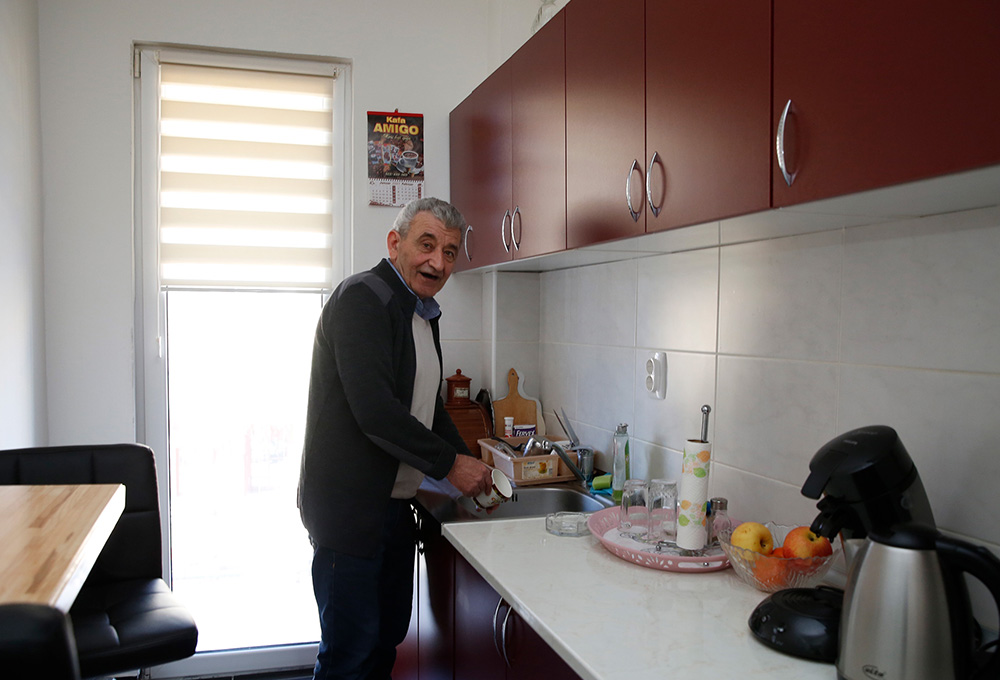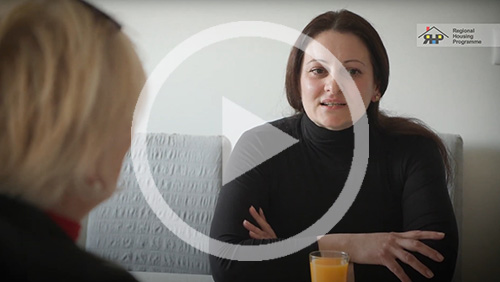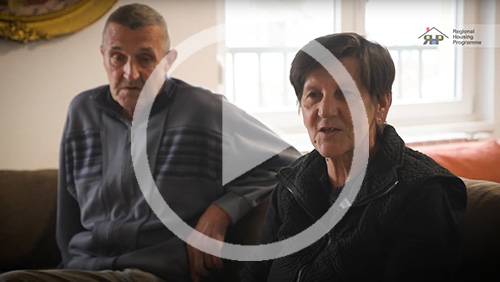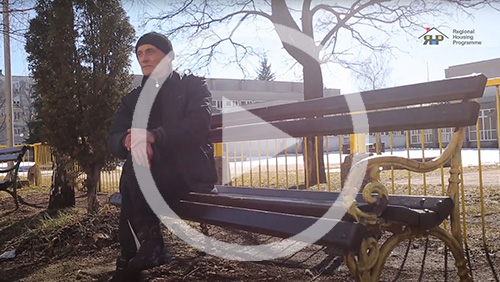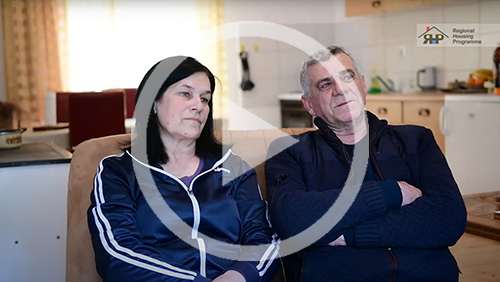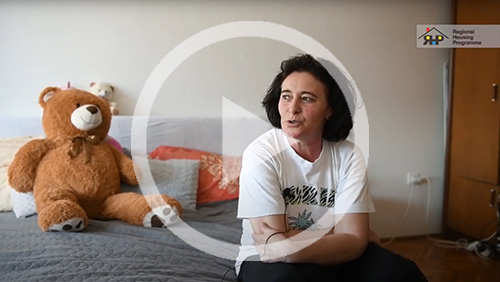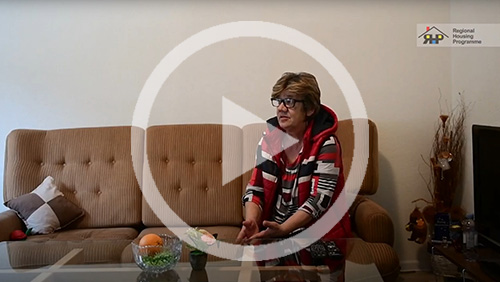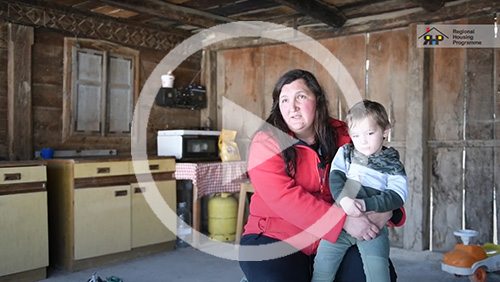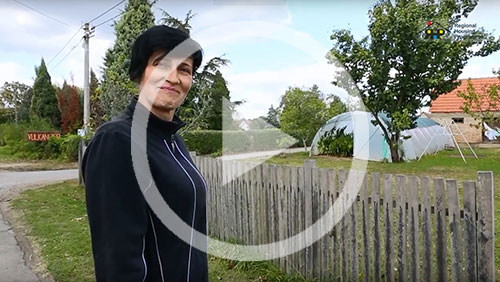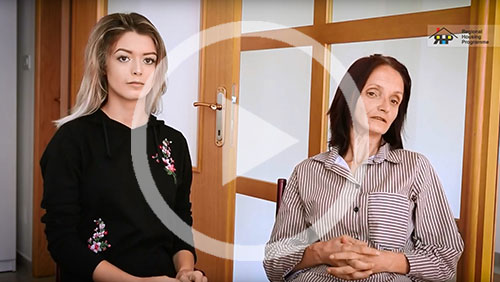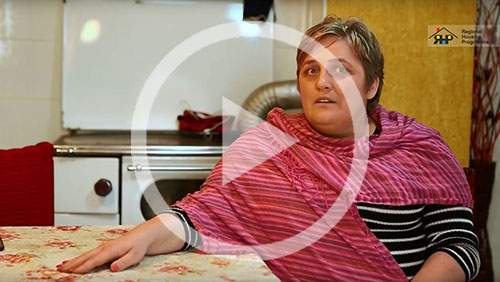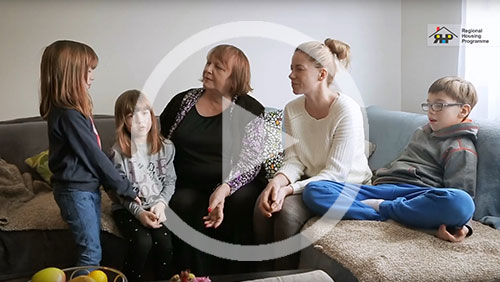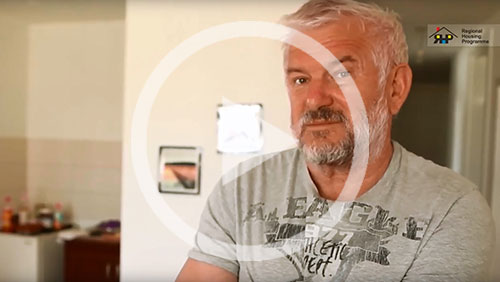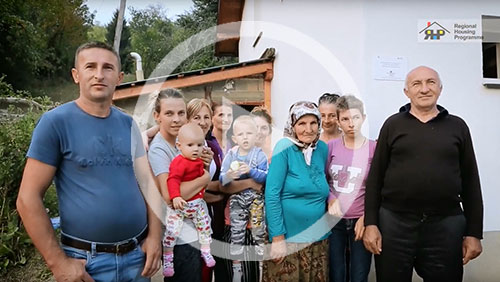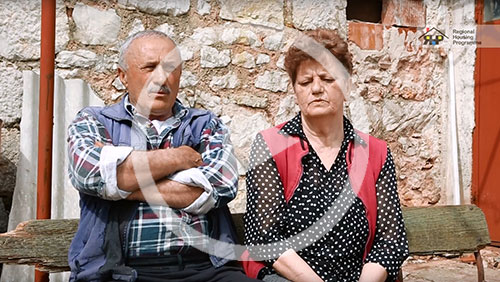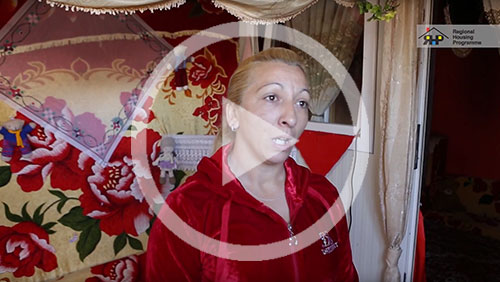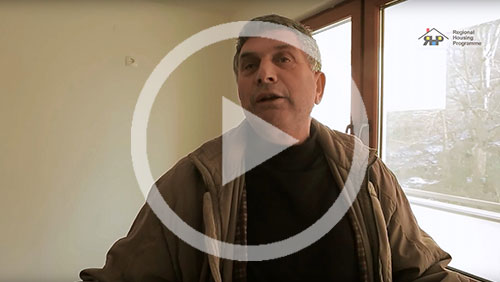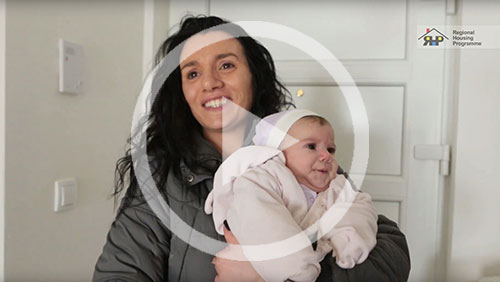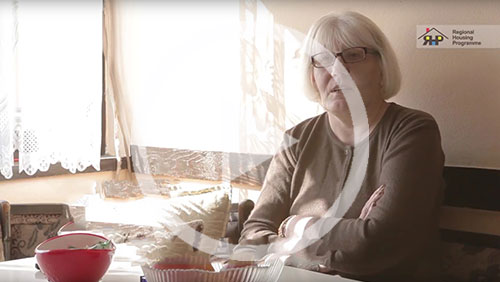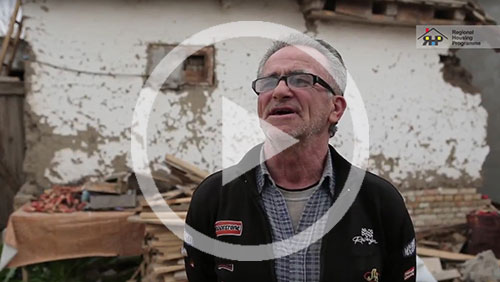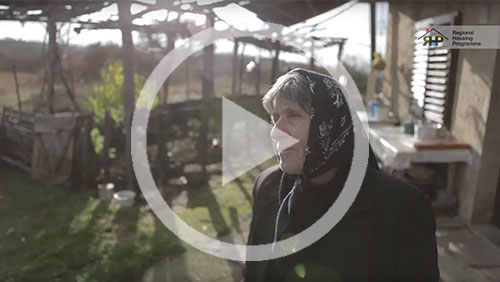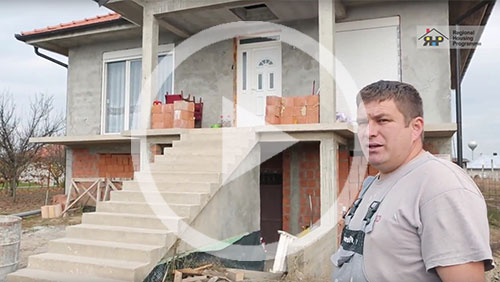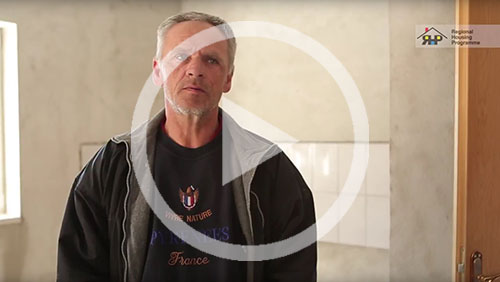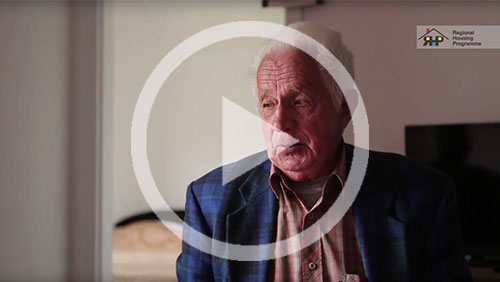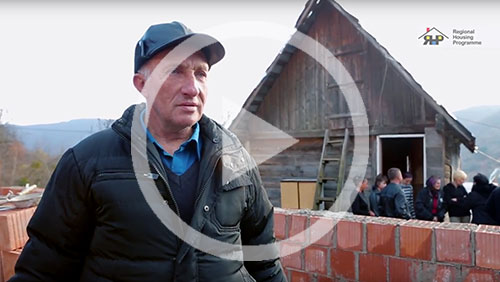As a consequence of the armed conflicts in the 1990s, over three million people were displaced both within and beyond the borders of Bosnia and Herzegovina, Croatia, Montenegro and Serbia.
In the aftermath of the conflicts, sustained efforts by the four affected states - with support from the international community - enabled the majority of those affected to either return home or find other durable solutions. Despite these considerable efforts, however, a large number of people remained displaced throughout the region.

The process of selecting beneficiaries was a crucial element of the RHP. Its purpose was to ensure that RHP housing units are provided to those refugees and IDPs that are most vulnerable and most in need. Potential beneficiaries were informed about the RHP via wide information campaigns conducted by the Partner Countries since March 2013, in close coordination with UNHCR and OSCE.
Beneficiary stories
The stories of RHP beneficiaries below aim at capturing the reality of refugee families who have lived in tents and containers, moved from one relative to another, or managed to build at least some kind of a roof over their heads, during the past two decades. Some of the pictures are kindly provided by the UNHCR.
Films
Categories of Beneficiaries that were Eligible for Support
The following priority categories were identified by the Partner Countries, together with the UNHCR:
I.
All 1991-1995 refugees, regardless of their status, who are residents of collective centres or other forms of collective accommodations, either formal or informal.
IV.
Displaced persons accommodated in collective centres and private accommodations in Croatia.
II.
All 1991-1995 vulnerable refugees accommodated privately and all former occupancy right holders without a durable solution in their country of origin or reception country. For the purpose of the Regional Housing Programme, the vulnerability criteria applied by UNHCR in countries in the region are also to be applied here.
V.
Vulnerable displaced persons outside collective centres in Bosnia and Herzegovina.
III.
All vulnerable returnees to Bosnia and Herzegovina and Croatia and all vulnerable returnees who have already returned to Croatia but who do not have a durable solution either in the country of origin or in the reception country.
VI.
Vulnerable persons displaced in Montenegro in 1999. This was especially agreed by the participating countries given that the Regional Housing Programme in other countries deals only with 1991-1995 refugees.



